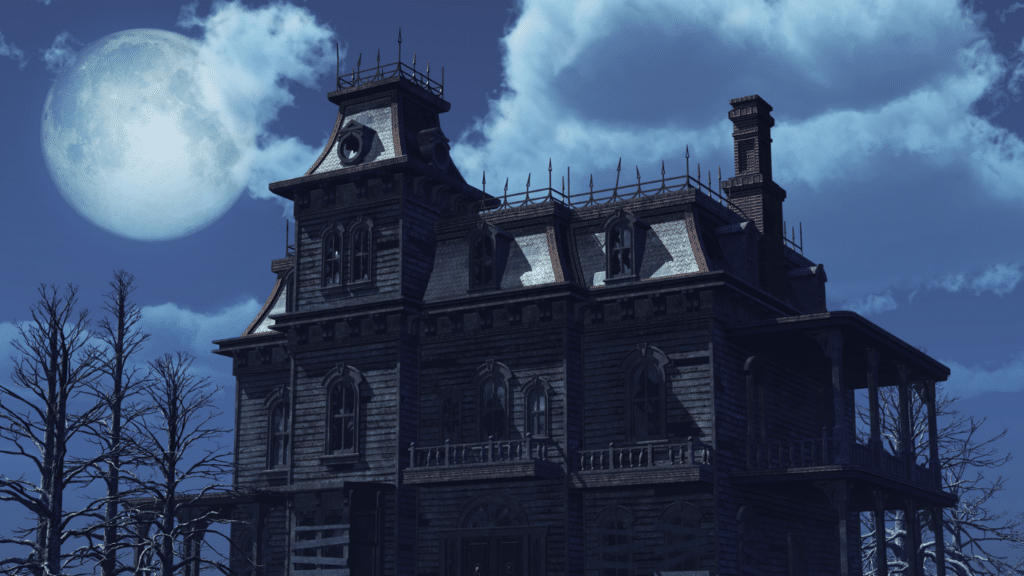Halloween-related fears and anxieties are real for many children, teens, and even adults.
A heightened nervous system, including increased heart rate, sweaty palms, tightness in chest, rapid breathing and racing thoughts are some noticeable responses to fears. Difficulty getting to sleep and nightmares are also common responses, especially after watching a scary movie or seeing disturbing images.
What happens in your brain to trigger a fear response?
Your amygdala is the part of your brain that determines if something feels safe or if it is a threat. If your amygdala determines something is a threat then the amygdala sends messages to the part of your brain that releases adrenaline which heightens your nervous system response making your heart pound, breath rate increase, body sweat and your brain creates fear-based thoughts which sometimes spiral or loop over and over. If a person is not able to manage their emotional responses they quickly feel overwhelmed with fear.
There are ways to help manage your body’s fear response.
Tips for Normalizing and Managing Fears
- Be curious about your fears. When did they start? How are they impacting you today?
- Try to accept and understand your feeling of fear. Fear is your body’s way to protect you from harm. What could your fear be protecting you from? Is your fear rational?
- Apply calming techniques such as self-compassion, mindful breathing, and comforting music.
- Talk with someone about your fears. Sometimes this can help you view things from a more balanced and healthier perspective.
- Face your fears when you are ready. A supportive family member or friend or professional can help when you are ready to work through your fears. Therapists and counselors trained in specific therapies including Cognitive Behavior Therapy (CBT), Exposure and Response Prevention Therapy (ERP), and Eye Movement Desensitization Reprocessing Therapy (EMDR) can help you work through and overcome your fears.


